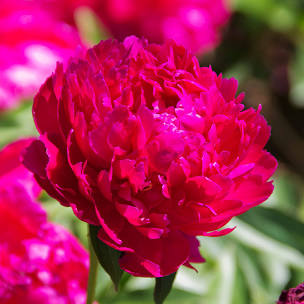Slide
0CART $0.00
Back to Blog
Back to Blog
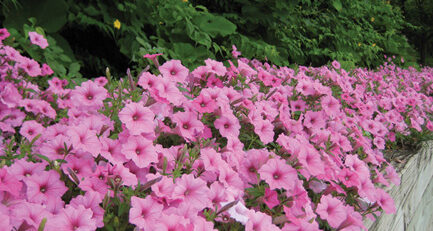
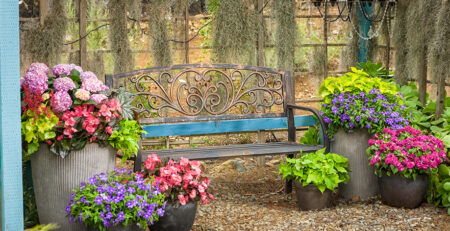
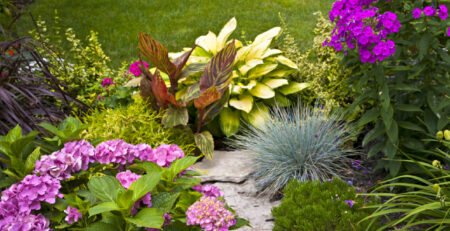


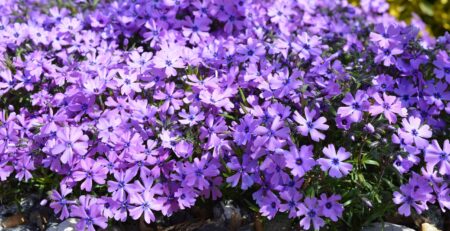
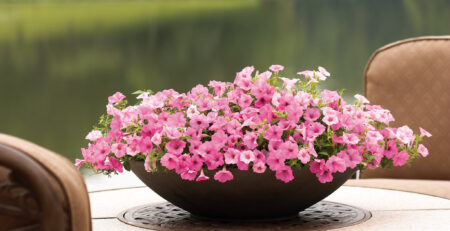
With a history dating back to the sixth and seventh centuries in China, the peony has earned its title as the King of the Flowers. It gained popularity during the Tang dynasty and became a staple in the imperial gardens. In both China and Japan, the peony symbolizes noble virtues such as bravery and honor. While ancient Chinese texts mentioned the peony’s use in food and medicine, today it is primarily cultivated for its extravagant beauty.
The peony’s journey to Japan began before the 10th century, with the herbaceous perennial variety, Paeonia lactiflora, followed by the tree peony around the 8th century. Over time, numerous Japanese varieties of both types were hybridized. In the 1940s, Toichi Itoh successfully created the first intersectional hybrid by crossing tree peonies and herbaceous peonies, combining the best traits of both. Today, nursery plants bear his name: Itoh. Herbaceous peonies were introduced to Europe in the 15th century, with England and France leading the way in hybridization. The first tree peony didn’t arrive in England until 1789.
European peonies made their way to North America through the colonists, likely including the European plant Paeonia officinalis, known for its medicinal properties. The reliable and vigorous fernleaf peony, native to Turkey and the Caucasus, also found its way to the Americas with Eastern European immigrants. North America is home to two native peony species: Paeonia browni and P. californica. In 1957, Indiana adopted the peony as its state flower.
There are approximately 35 peony species categorized as either woody (tree) or herbaceous perennials. Herbaceous peonies thrive in the temperate and cold regions of the northern hemisphere but require a chilling period for bud formation and may not flower in warmer climates above zone 8.
The peony has left its mark as an art motif worldwide. Paintings by Renoir, Manet, and Fredric Bazille showcase its beauty. In Asia, the peony has been prominently featured in Chinese scrolls and decorative artwork. It holds special significance in China, where it was a favorite theme throughout various dynasties in paintings, scrolls, lacquerware, and pottery. Korea incorporated peony motifs in ink wash paintings and royal rituals, while Japan adorned household screens, woodblock prints, and embroidered kimonos with peony imagery. Even in America, the Isabella Stewart Gardner museum showcases various peony-related objects, including a Persian tombstone, a Chinese coat, a Japanese clock, and two turn-of-the-century peony paintings. Today, the peony flower remains a popular motif in tattoos.
Peonies in the Cut Flower Trade
In the cut flower trade, peonies hold a special place as a favorite statement bloom due to their dramatic size and enchanting fragrance. Whether in soft, watercolor shades or vibrant hues, peonies add a unique touch to any arrangement. They are also believed to attract good fortune and prosperity, making them a popular choice for spring weddings.
Currently, more than 25 countries produce peonies for the cut flower trade. The Netherlands leads as the largest producer, exporting 50 million stems annually. Despite the thousands of peony varieties cultivated worldwide, only around 100 varieties are commonly used as cut flowers. Interestingly, Alaska is one of the top growers of peonies for the cut flower trade in the United States, with 40 commercial farms spread across the state. Alaska’s signature peony blooms peak during July and August. Cut peonies are also cultivated in countries like New Zealand, Chile, Argentina, and South Korea.
Peonies are adored by brides for their soft, romantic, and feminine qualities, making them a popular choice for wedding day arrangements, boutonnieres, and bridal bouquets. The voluptuous beauty and sweet scent of peonies add the perfect touch to any wedding. Varieties of peonies range from full and lush to bowl-shaped, with yellow stamens at the center. The most popular colors for spring weddings include white, cream, delicate blush, and pink, while deeper raspberry and cerise shades are perfect for autumn weddings. Peonies are also traditionally given as the flower for a 12th wedding anniversary. Their versatility allows them to blend effortlessly with other flowers and greenery such as ranunculus, ferns, eucalyptus, orchids, and, of course, roses.
To prolong the life of cut peony flowers, it’s essential to provide them with proper care. If you receive peonies in bud, they may take a few days to open fully. However, designers often prefer working with fully opened blooms for their fullness. Double peonies with multiple petals tend to last longer than those with fewer petals. Water is crucial for maintaining the beauty of peonies, whether they are cut from the garden or purchased from a florist. When purchasing from a florist, it’s important to recut the stems at an angle, place the flowers in a clean vase with cool water, and add the flower preservative included with the bouquet. Removing any foliage below the waterline and changing the water every other day helps extend the life of the flowers. When cutting peonies from the garden, it’s best to do so in the early morning after the dew has dried, immediately placing the cut stems in a bucket of cool water. Once inside, recut the stems and treat them like florist flowers. Display cut peonies in a cool location away from direct sunlight to keep them looking fresh.
For those seeking peonies with delightful fragrance, there are several varieties available as cut flowers or for planting in the garden. Double peonies usually offer intense fragrance, with options like ‘Festiva Maxima’ featuring white petals with raspberry flecks, ‘Dr. Alexander Fleming’ displaying deep rose-pink blooms, and ‘Duchesse de Nemours’ being a classic heirloom white variety. Lightly fragrant options include pure white ‘Bowl of Cream,’ yellow-gold Itoh peony ‘Garden Treasure,’ pale pink ‘My Love,’ and heavily doubled ‘Raspberry Sundae,’ reminiscent of a scoop of ice cream in a pink bowl. ‘Sarah Bernhardt,’ introduced in 1906, is a classic choice with its 7-9 inch blooms. However, if color is the primary consideration and fragrance is less important, ‘Kansas’ is a rich watermelon red cultivar known for its large blooms and strong stems. Keep in mind that many dark red peony cultivars may lack fragrance.
Peonies in the Garden
Peonies are easy to grow and have been beloved garden classics in America for over 100 years. In New England gardens, several types of peonies thrive. Herbaceous peonies, such as Paeonia lactiflora, die down to the ground each year but can live for over a century. These varieties benefit from support rings designed to provide stability to their weaker stems. Place the support rings over the plants in early spring as they emerge from dormancy, and gently tuck the stems and foliage into the supports as they grow. Herbaceous peonies come in a range of colors, from white to darkest crimson, with various forms including Single, Japanese, Anemone, Bomb, and Semi-double. When transplanting herbaceous peonies, it’s best to plant them with the eyes (buds) at a shallow depth of about 1 inch. Full sun is ideal for optimal flowering.
In addition to herbaceous peonies, there are other types worth considering for your garden. Tree peonies (Paeonia suffruticosa) are woody shrubs that produce stunning, large flowers in a wide range of colors. Intersectional peonies, also known as Itoh peonies, are hybrids between herbaceous and tree peonies, combining the best qualities of both types. These peonies often have stronger stems and an extended bloom period. Another variety to explore is the fernleaf peony (Paeonia tenuifolia), known for its fine, fern-like foliage and vibrant red flowers. It’s native to regions such as Turkey and the Caucasus.
To grow peonies in your garden, ensure they are planted in well-draining soil and provide regular watering during dry periods. Mulching around the base of the plants helps retain moisture and suppress weed growth. It’s important not to plant peonies too deep, as this can inhibit flower production. Aim for a depth of about 2 inches for the eyes to allow for proper growth. Peonies generally require minimal maintenance once established, but removing faded blooms and providing support for heavy flowers can help keep the plants tidy and prevent stem damage.
Whether enjoyed in floral arrangements, cherished in the garden, or admired in various forms of art, the peony continues to captivate with its timeless beauty and rich history spanning centuries.
Related Posts

07May
5 Tips for Better Petunias
Creating a vibrant garden filled with petunias not only enhances your home's curb appeal but also brings a burst of... read more

07May
Planting Containers For Shade
Welcome to our gardening guide on planting containers for shade! Whether you're looking to beautify a dimly lit patio or... read more
16Nov
Shop Local
Shop Local. The holidays are here, and it's time to start thinking of who you're sending flowers to. Long and low... read more

07May
Creative Themed Garden Ideas for Every Space
Welcome to Nunan’s Garden Center’s blog! Whether you have sprawling acres or a modest backyard, themed gardens can transform your... read more

11Jul
Mulching Tips for Hot Weather: The Benefits and How to Apply It Effectively in the Summer Months
Summer is in full swing, and with the July heat, it's crucial to keep your garden thriving. One of the... read more

07May
Mother’s Day Garden Gift Guide: Elegant Choices from Nunan’s Garden Center
Mother’s Day is the perfect opportunity to express our gratitude for the remarkable women in our lives with gifts that... read more

08Apr
Planting a Bunch of Groundcovers & Perennials!
https://youtu.be/1Vx4-MayiTk?si=re7ynu7St33v1kaD read more
31Jan
Our Florist Delivery Areas
Nunan's proudly delivers directly to doorsteps of homes and offices in the towns listed below. For locations outside of our direct... read more

08Mar
It’s Going To Be A ‘Supertunia Summer’ At Nunan’s!
We are celebrating one of our favorite plants from the Proven Winners family! The Supertunia® series by Proven Winners represents... read more
24Apr
Guide: May Gardening To-Do List
May is quickly approaching and with it comes a new gardening season. There's plenty to do this month to ensure... read more
© Copyright 2023. All Rights Reserved.


